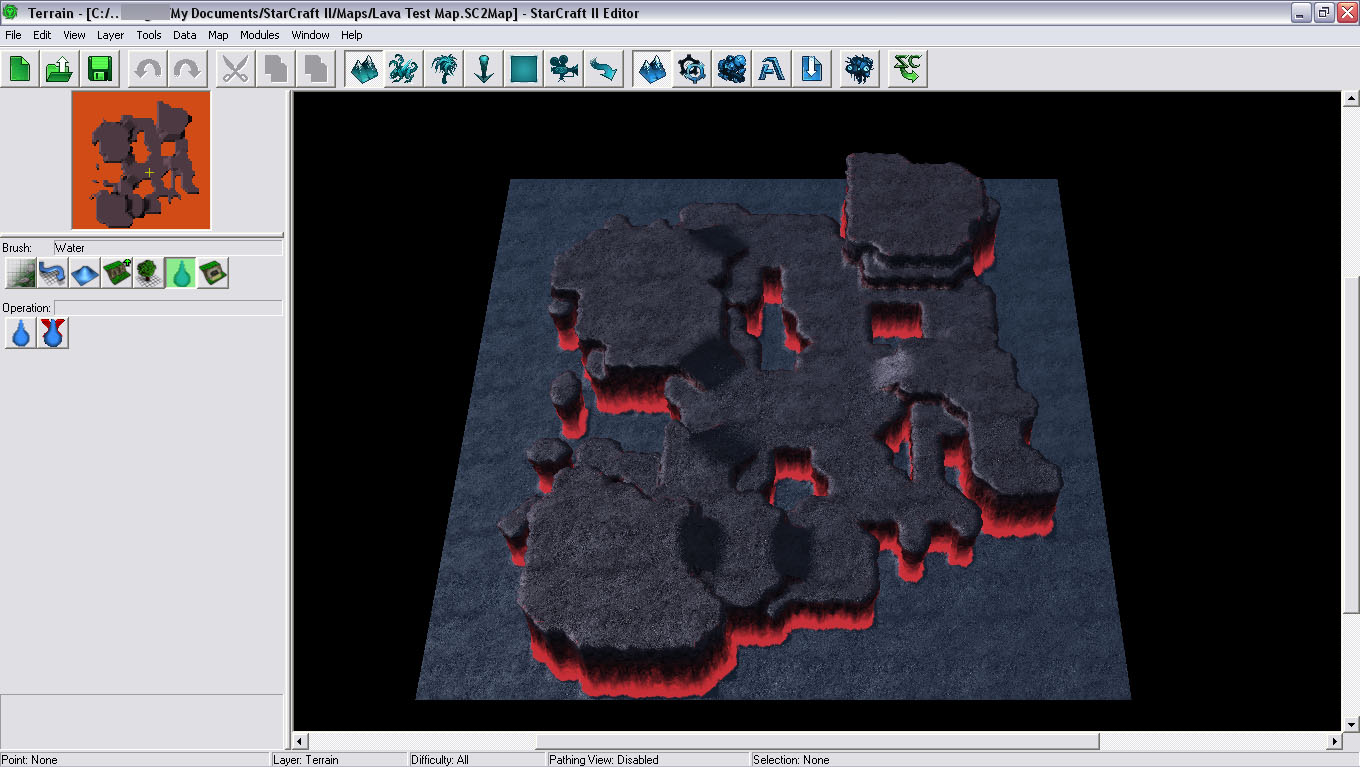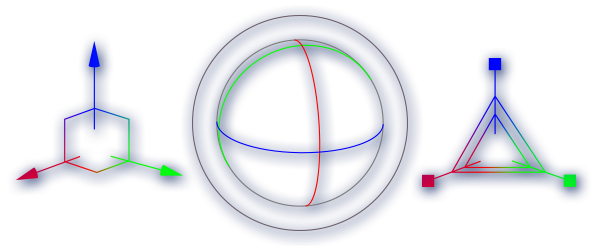

Rain emitters are animated models which "run out" unless you modify the events of the actor. Examples of weather doodads are rain emitters, fog and omni-lights. Weather is essentially added to the map by placing doodads. Its possible to redefine which models should be linked to each terrain texture, which is done in the Data Module under Terrain Textures. Generate foliage through Map>Generate Foliage. Manipulate which areas will have foliage using the Foliage brush. They can be turned off in the Game Settings for performance reasons. In the Trigger Module use the function "Set Water State" to define which state should be used.įoliage is tiny 1x1 doodads which are scattered randomly on the map. In the water settings, add a State which has a different height level.

Manipulate the water height level to a suitable default height. The water states are defined in the Terrain Module.Ĭhoose a water type and add some of it to the map. Water levels are manipulated with triggers, where you choose different water states. If you have a hand-made sketch you can replace the texture of the "Map Template" with your image. To achieve this, copy and paste selected terrain areas in combination with Edit>Flip and Edit>Rotate tools.Īnother tip is to place the doodad called "Map Template".

When working with Melee maps it is very important to get symmetry. It is also possible to remove terrain cells, but this does not look as good and makes the game unstable. Also note how extra towers and other doodads are generated underneath man-made cliffs. This will now make the ground transparent. Use the cliff level brush and lower the terrain to the lowest level. To make the ground transparent so that the stars are visible, change the Maps Tiles to one of the Space Platform tilesets. Ground transparency is a hidden feature of Space Platform Tilesets.


 0 kommentar(er)
0 kommentar(er)
